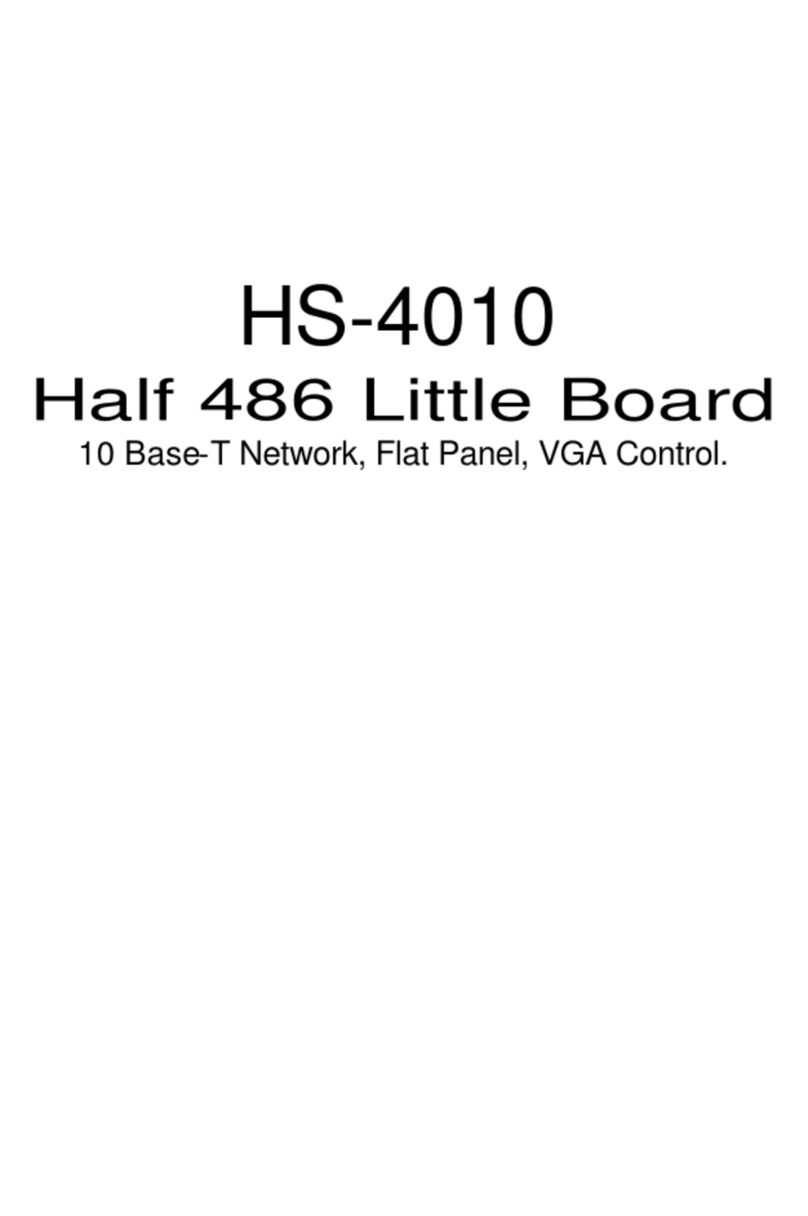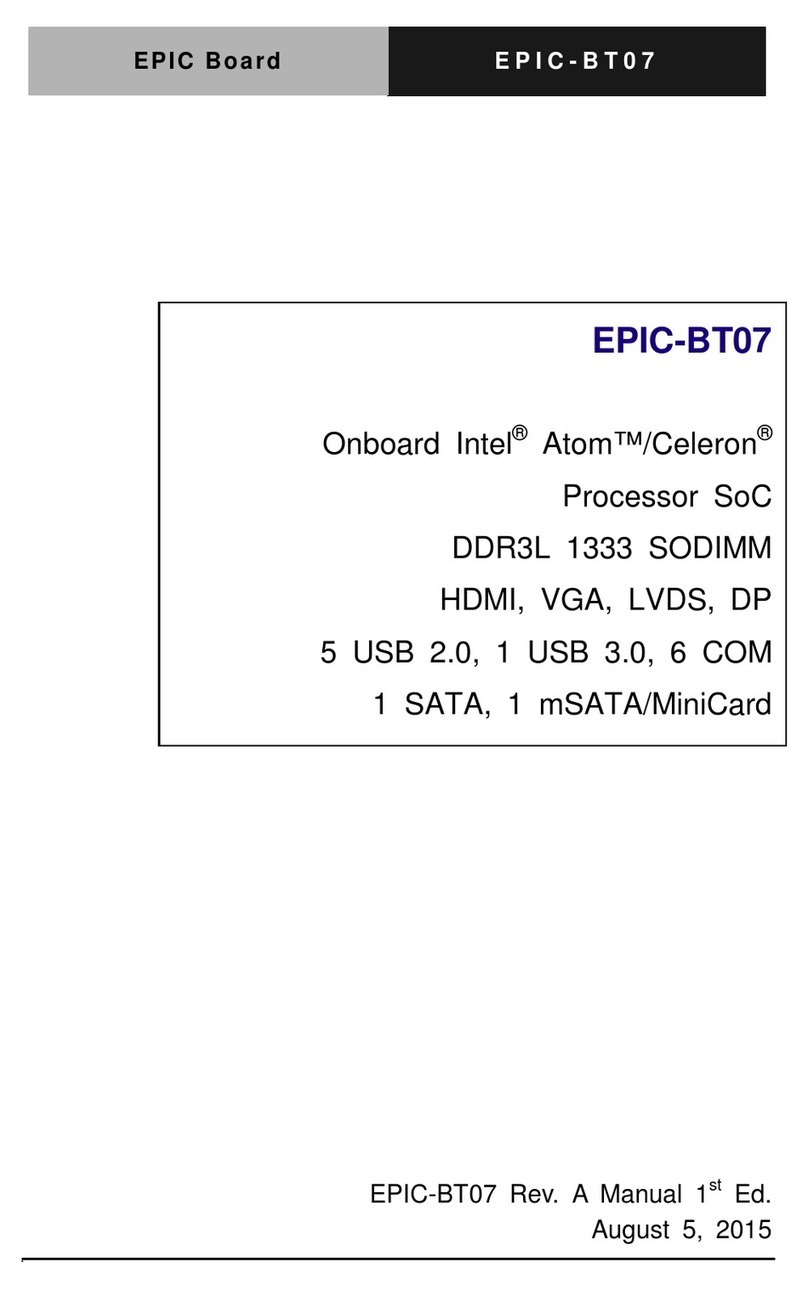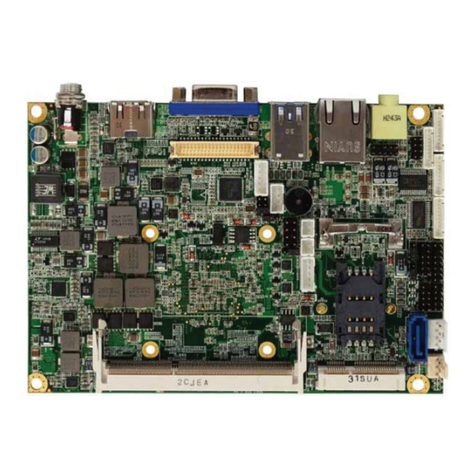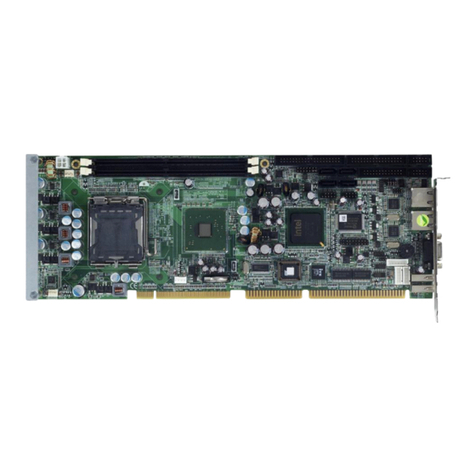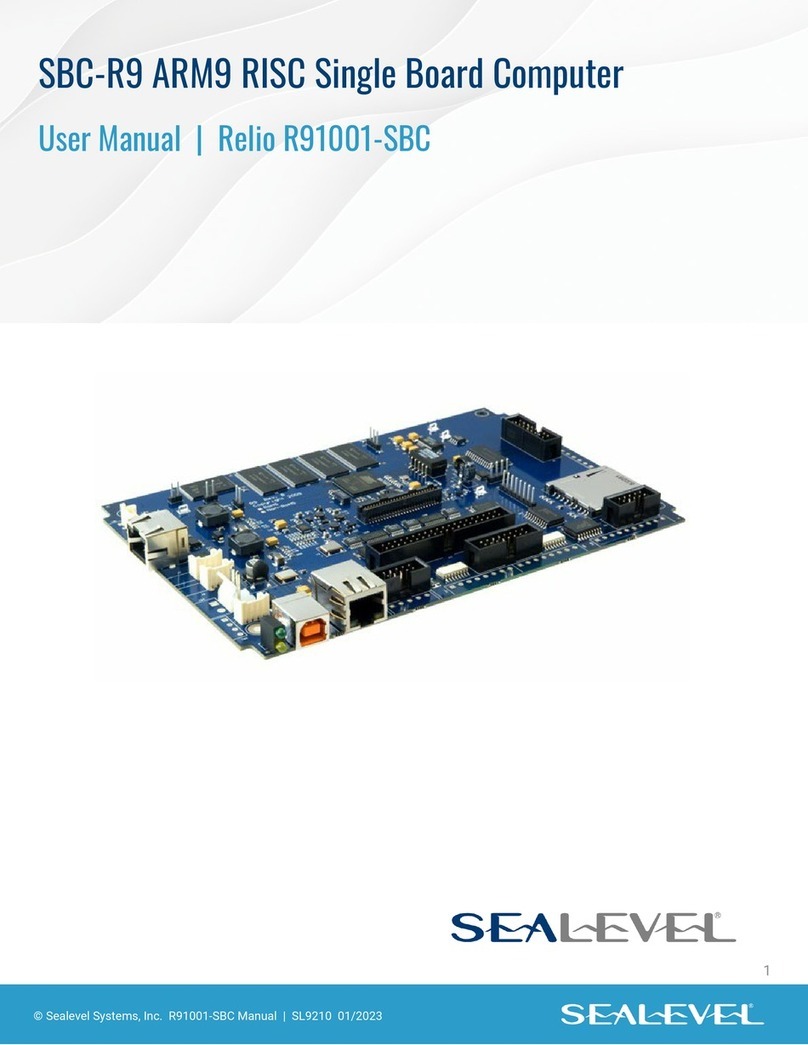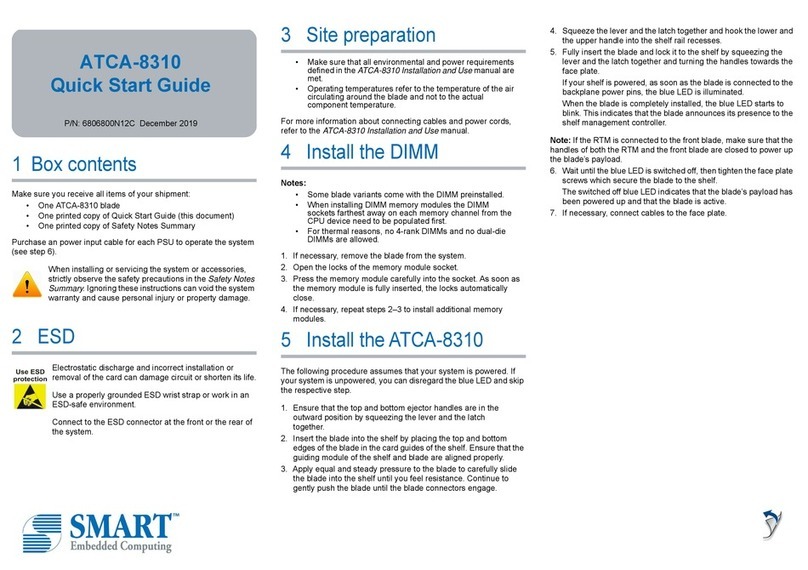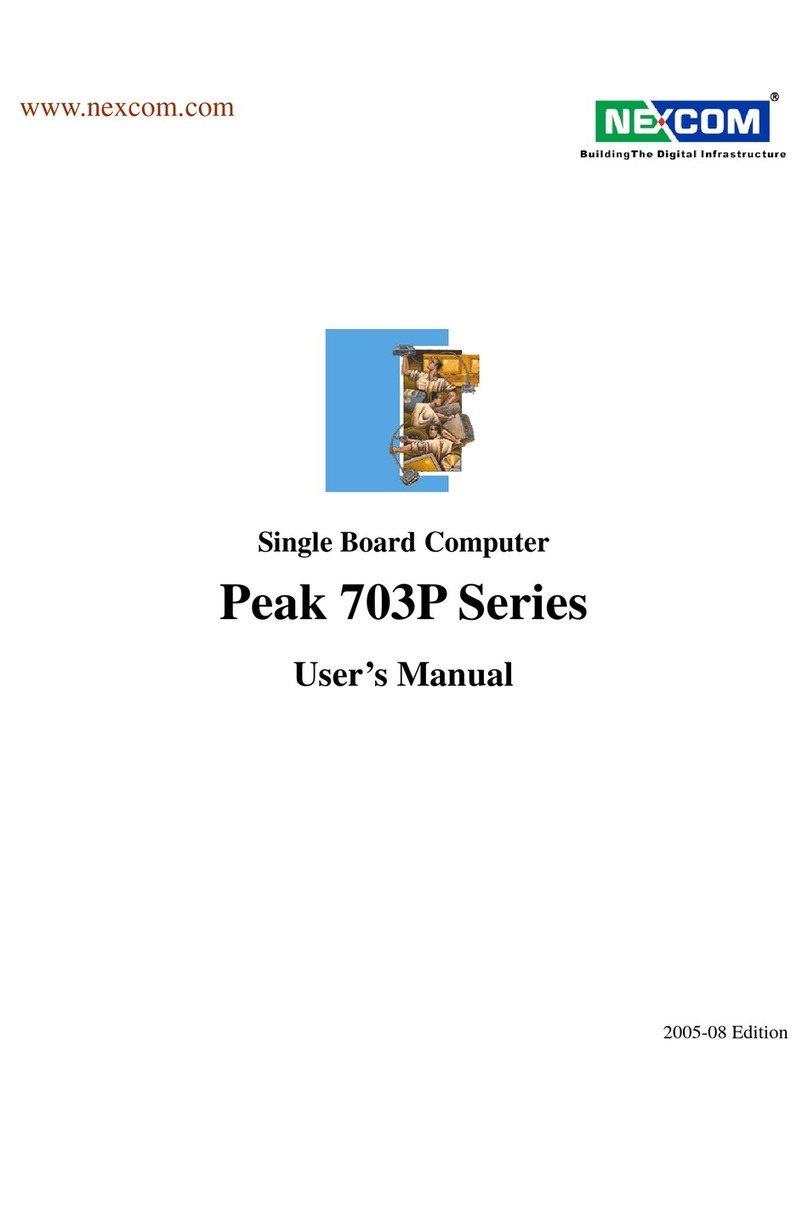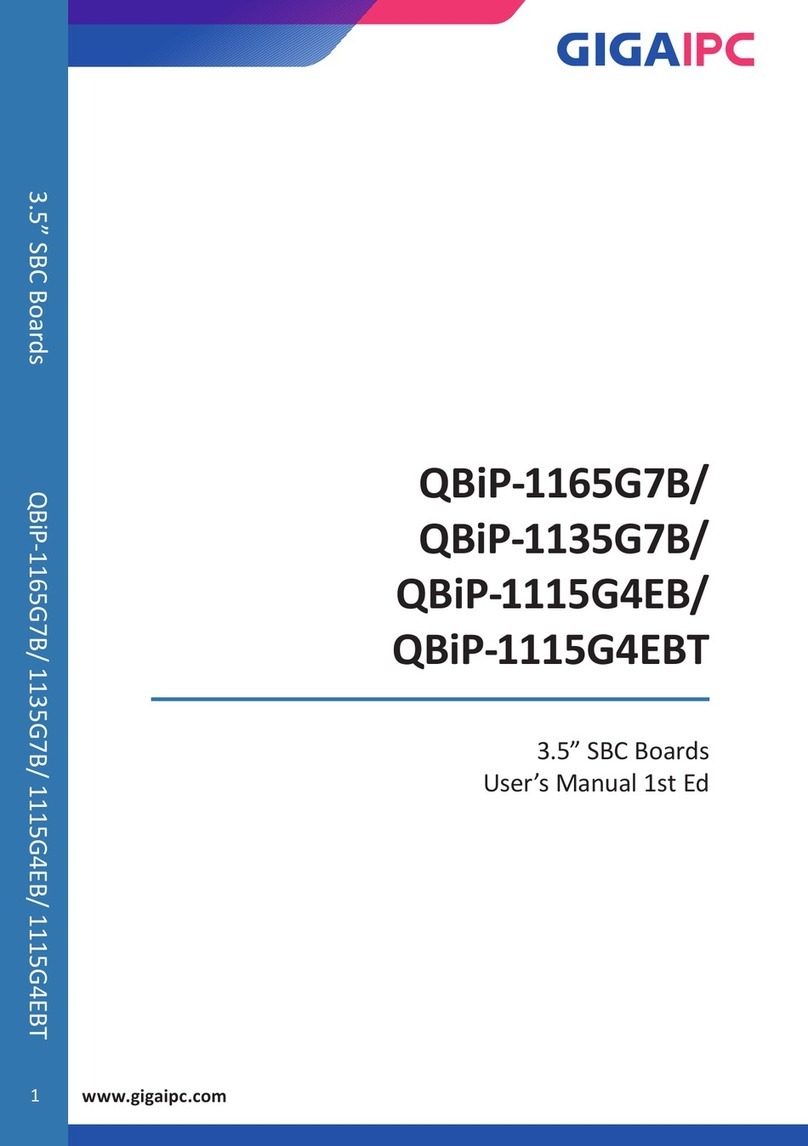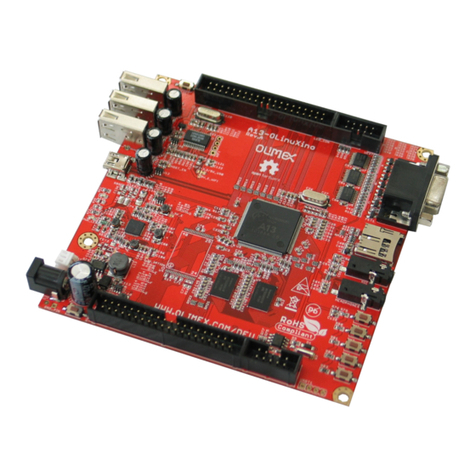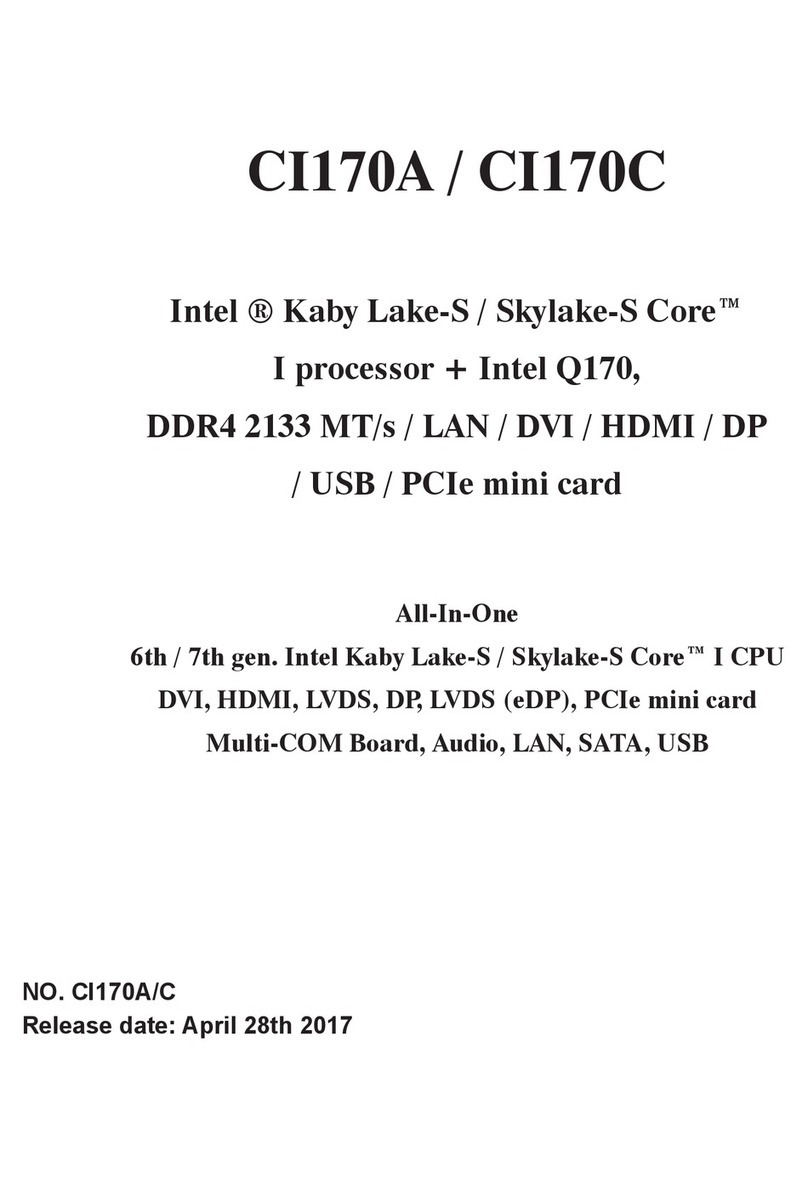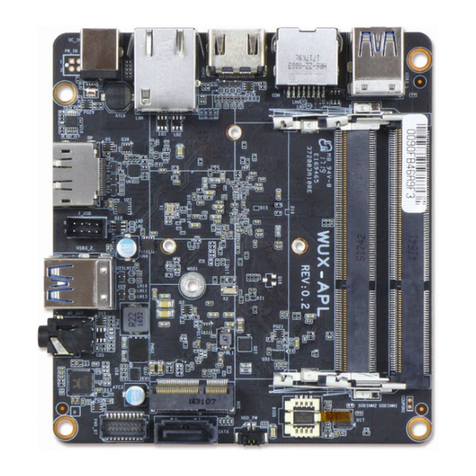Boser HS-6252 User manual
Other Boser Single Board Computer manuals

Boser
Boser HS-4000 User manual
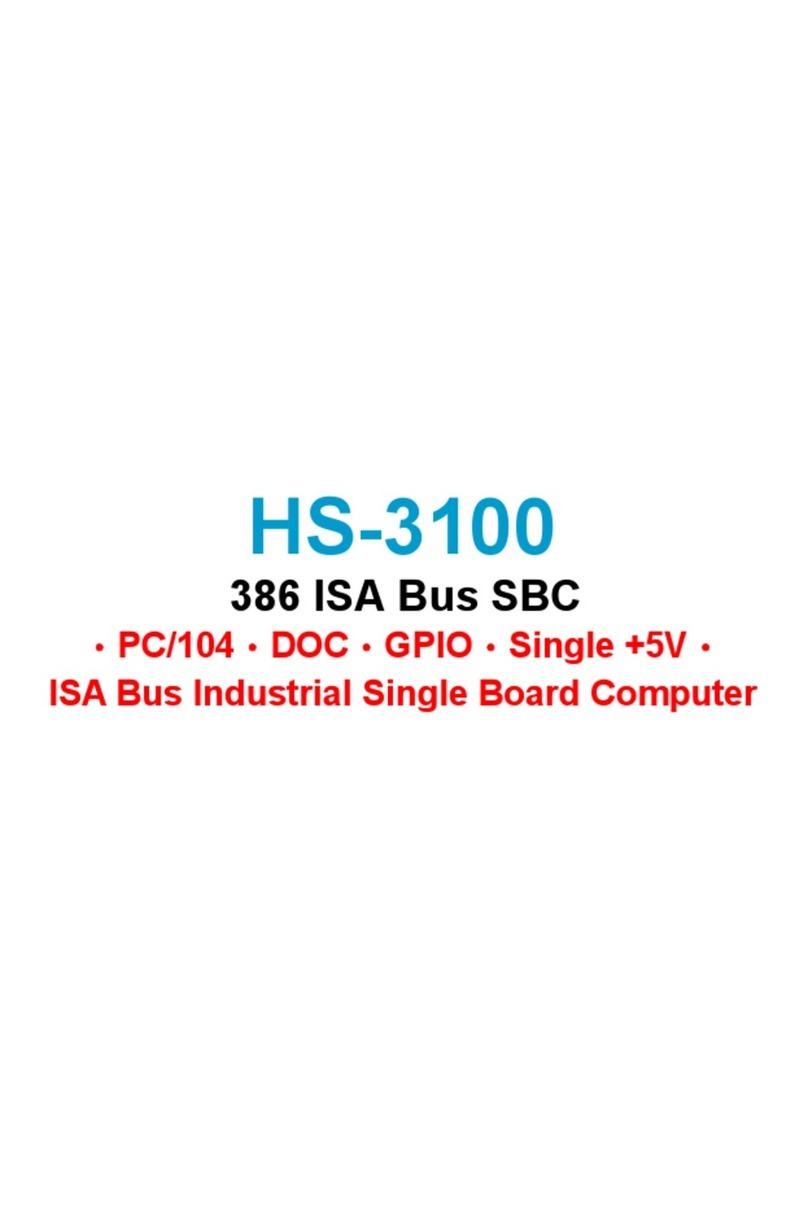
Boser
Boser HS-3100 User manual
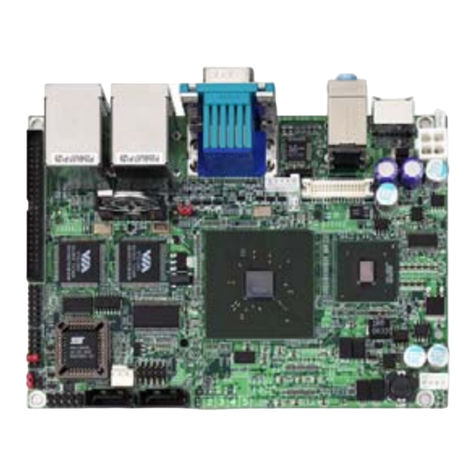
Boser
Boser HS-2622 User manual
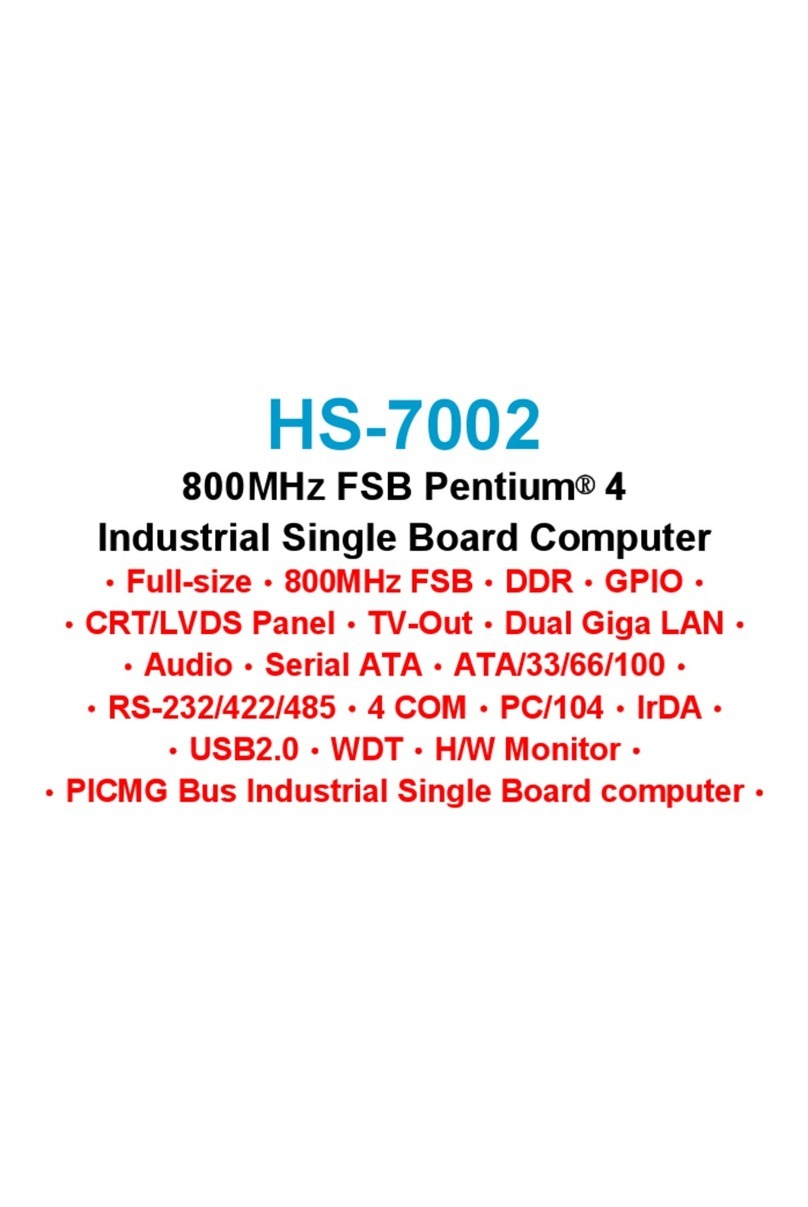
Boser
Boser HS-7002 User manual

Boser
Boser HS-6237 User manual
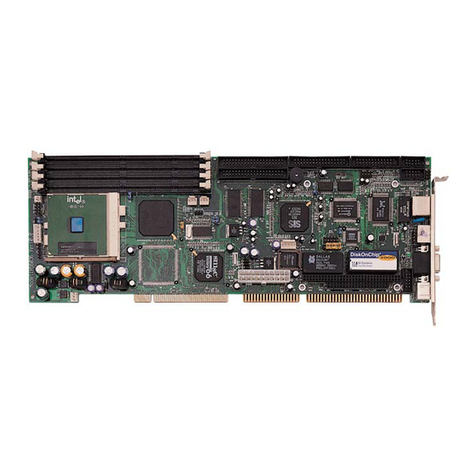
Boser
Boser HS-6036 User manual
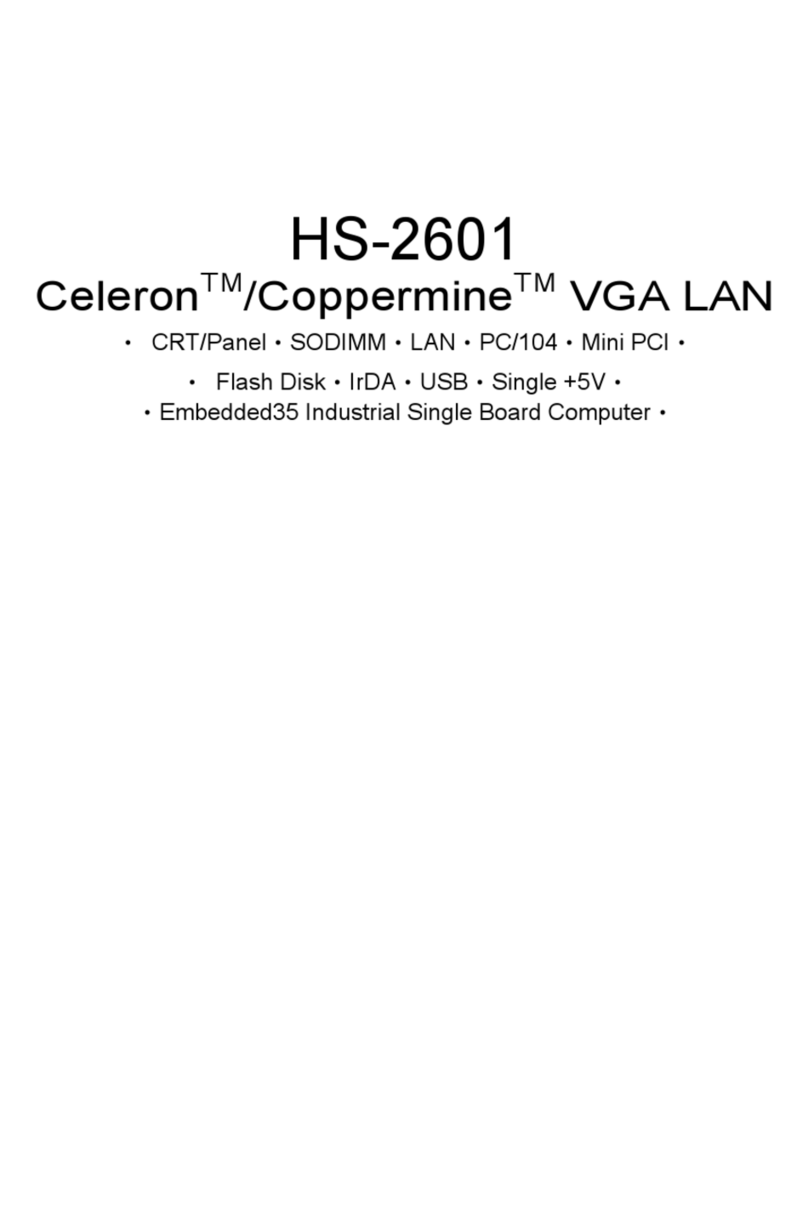
Boser
Boser HS-2601 User manual
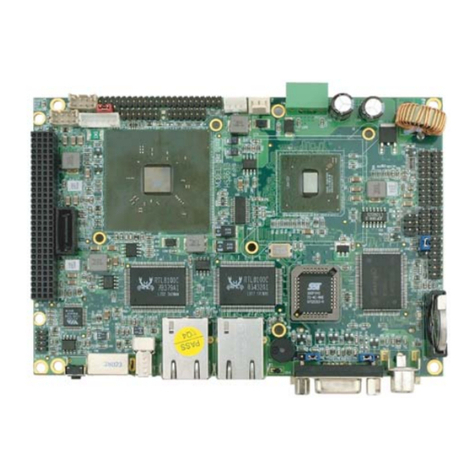
Boser
Boser HS-2613 User manual

Boser
Boser HS-6301 User manual

Boser
Boser HS-7321 User manual

Boser
Boser HS-6300 User manual
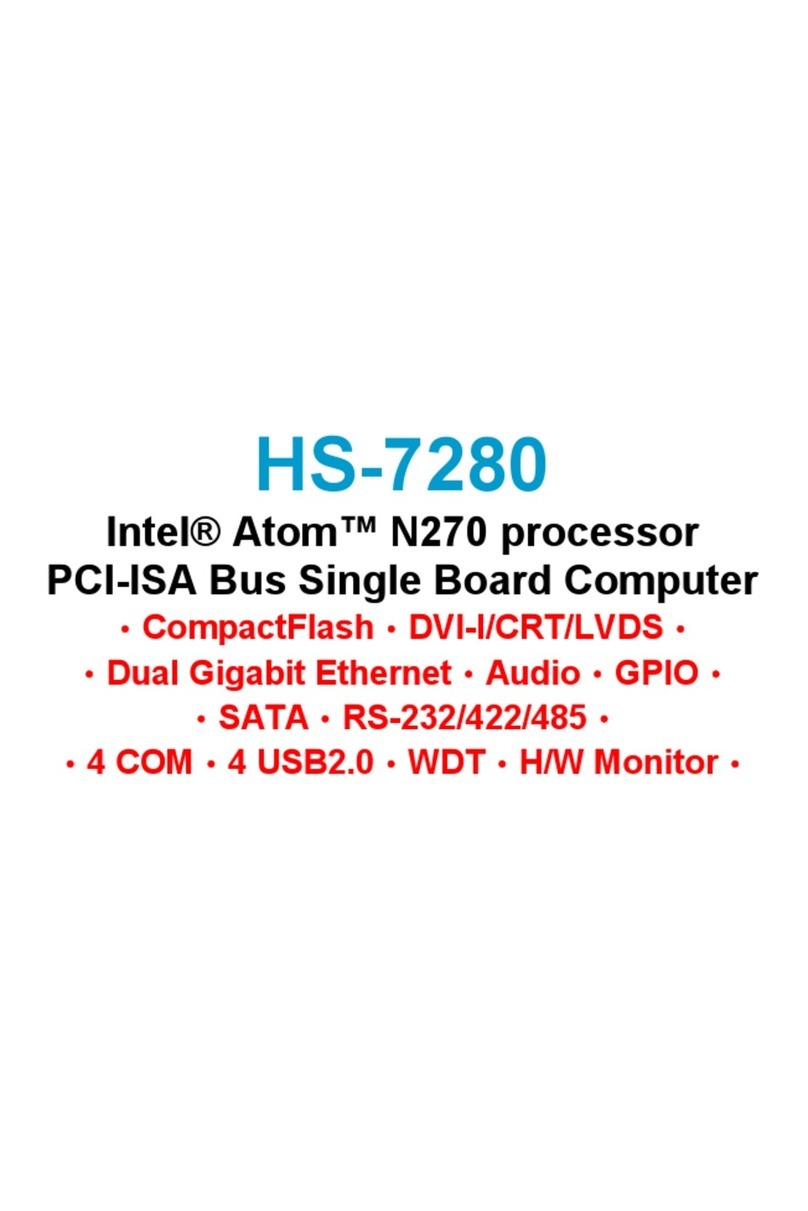
Boser
Boser HS-7280 User manual
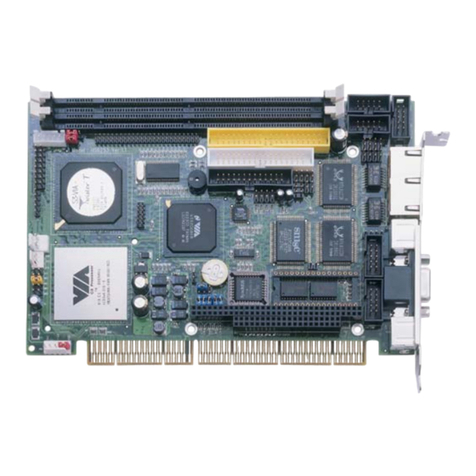
Boser
Boser HS-6253 User manual
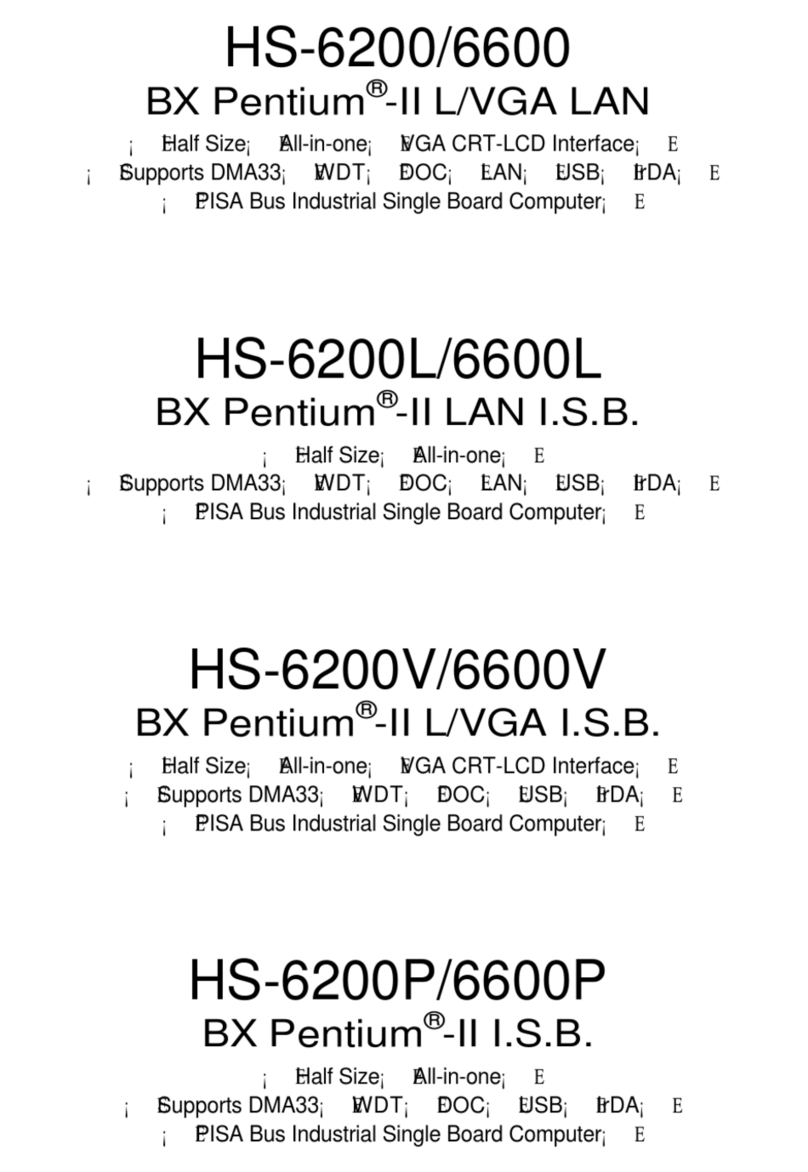
Boser
Boser HS-6200 User manual

Boser
Boser HS-5010 User manual
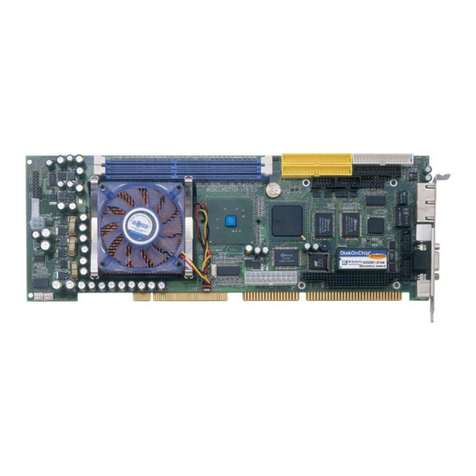
Boser
Boser HS-7001 User manual
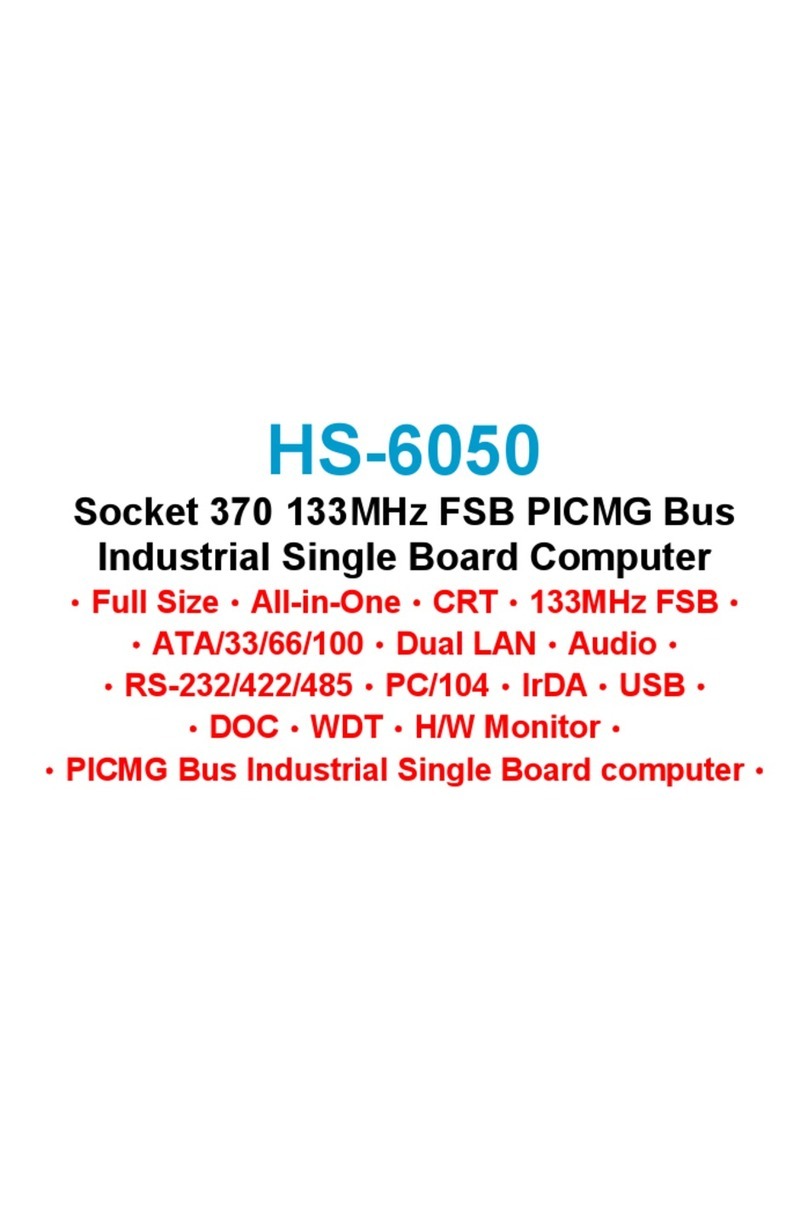
Boser
Boser HS-6050 User manual
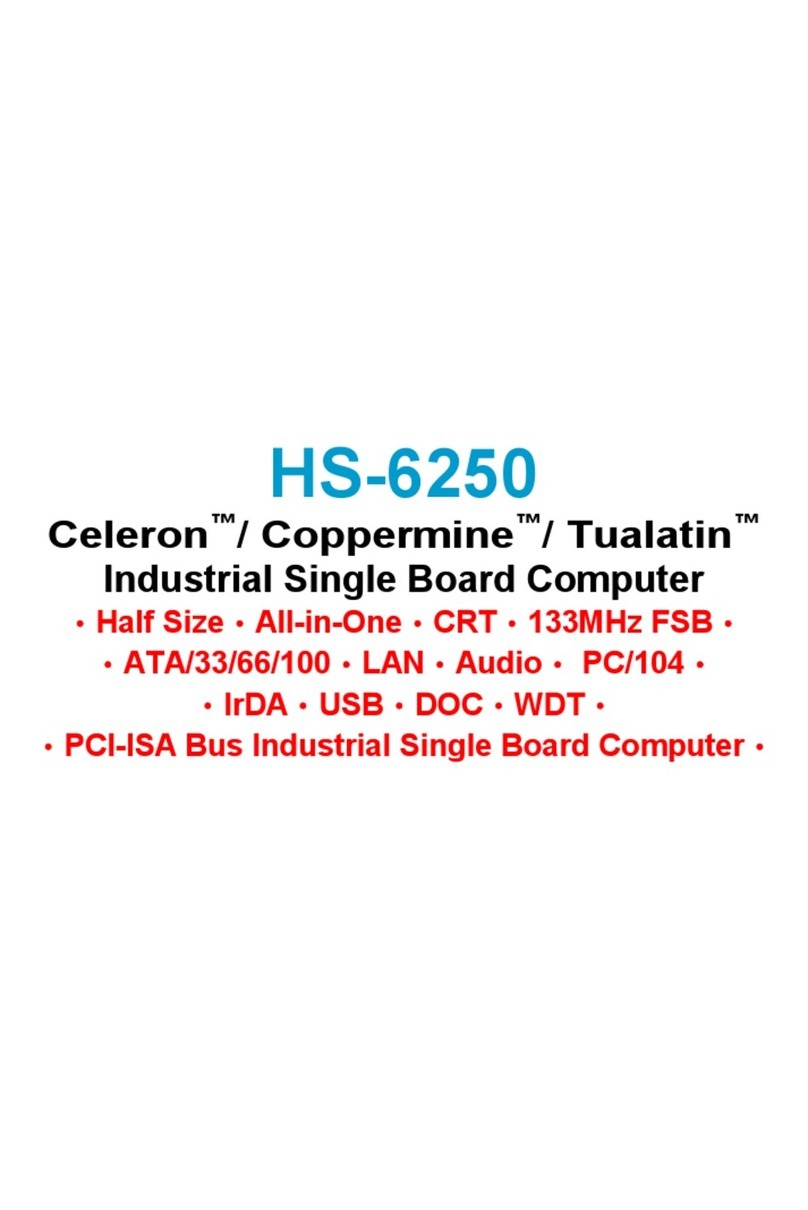
Boser
Boser HS-6250 User manual

Boser
Boser HS-3200/4M User manual
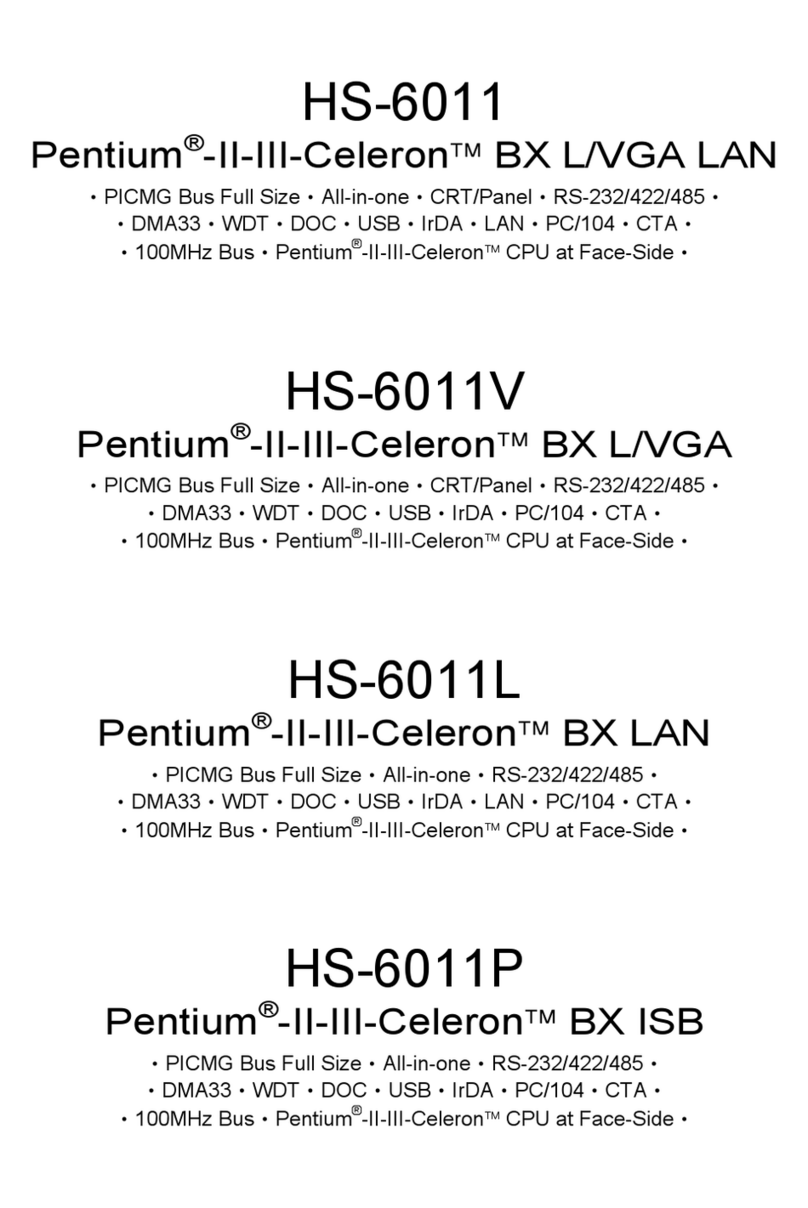
Boser
Boser HS-6011L User manual
Popular Single Board Computer manuals by other brands
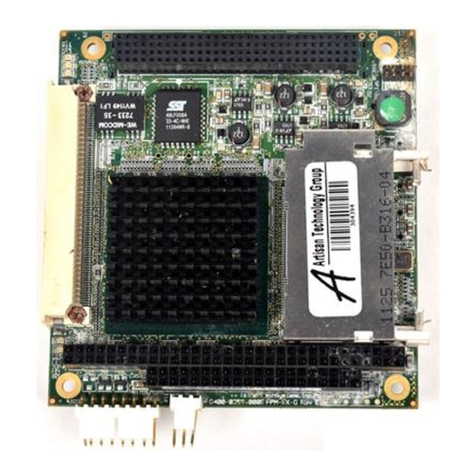
WinSystems
WinSystems PPM-LX800-G Operation manual
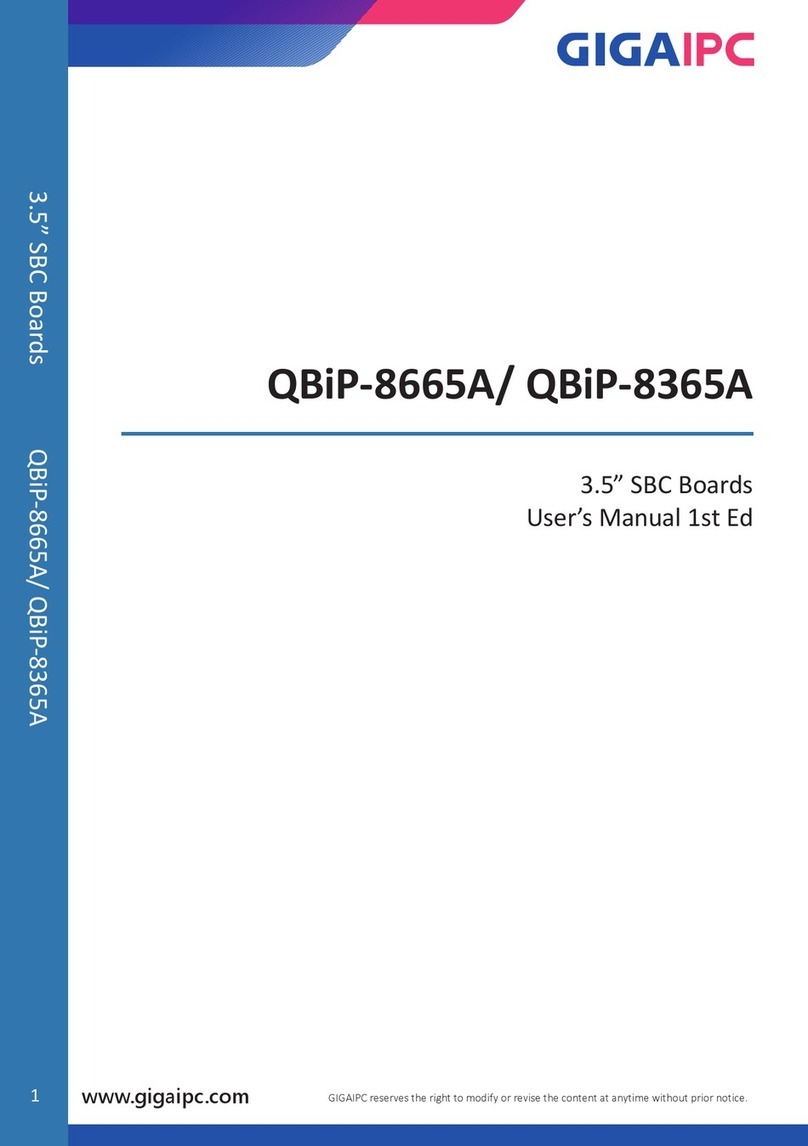
GIGAIPC
GIGAIPC QBiP-8665A/ user manual
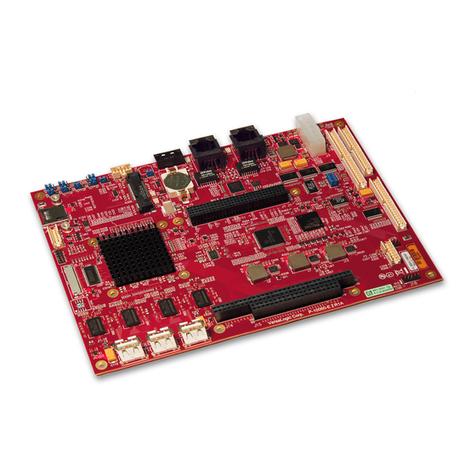
VersaLogic
VersaLogic Python EBX-11 Reference manual
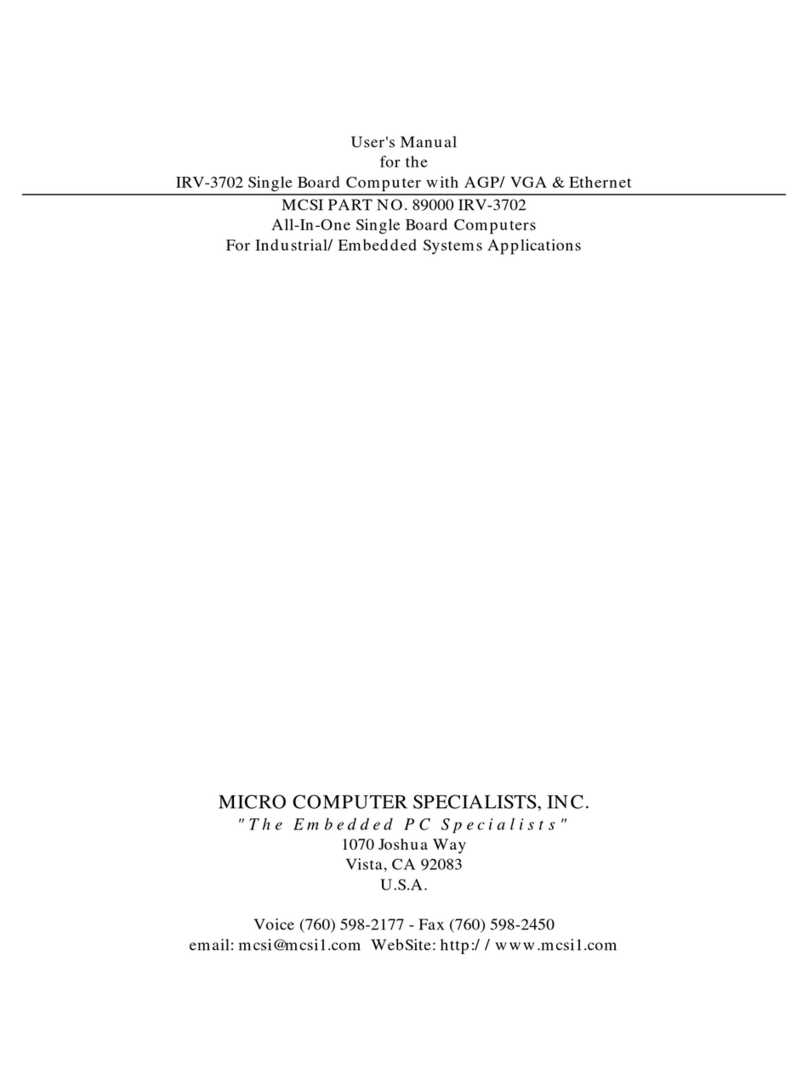
Micro Computer Specialists
Micro Computer Specialists IRV-3702 user manual
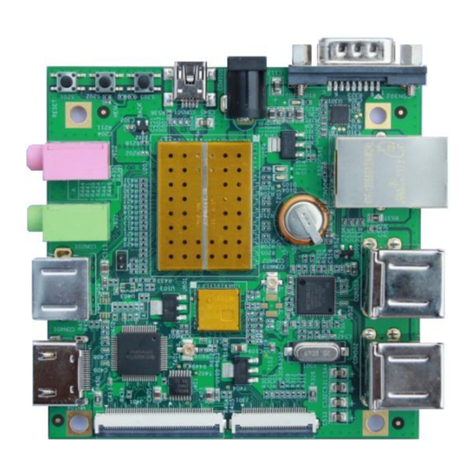
Premier Farnell
Premier Farnell Embest SBC8530 quick start guide
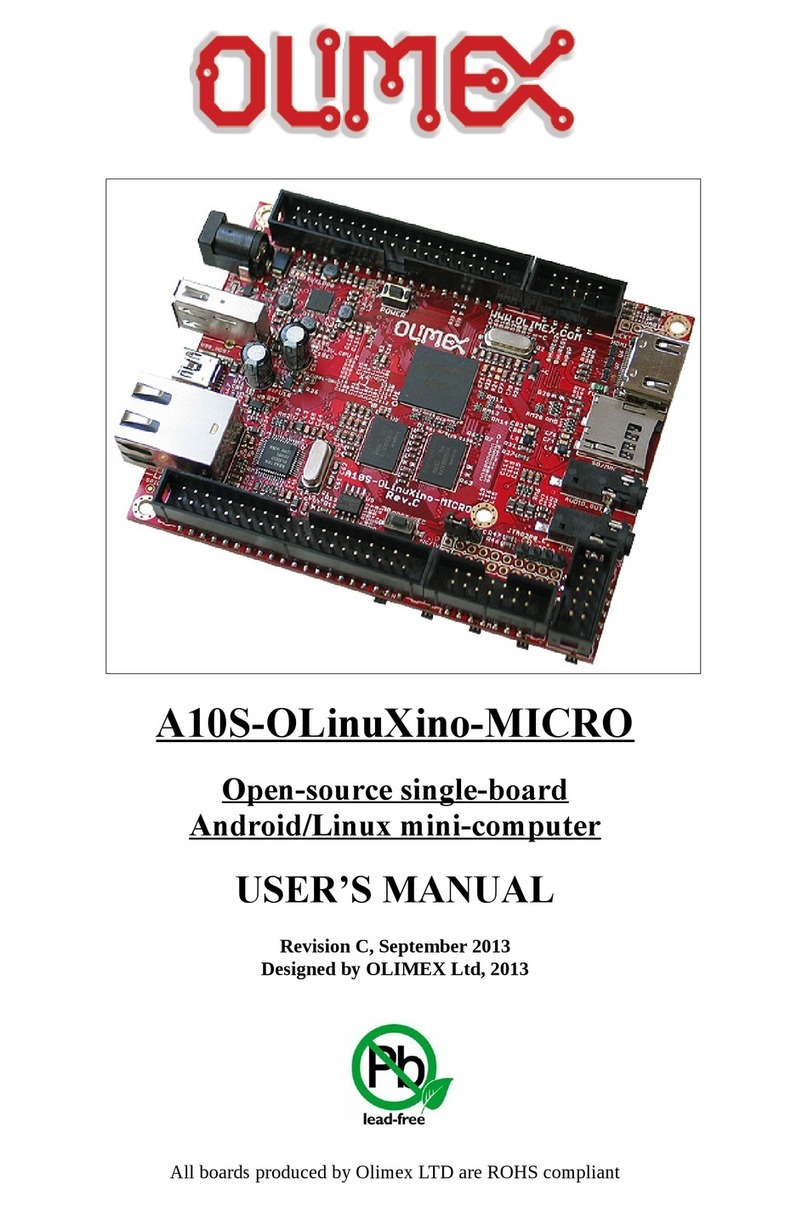
OLIMEX
OLIMEX A10S-OLinuXino-MICRO user manual
